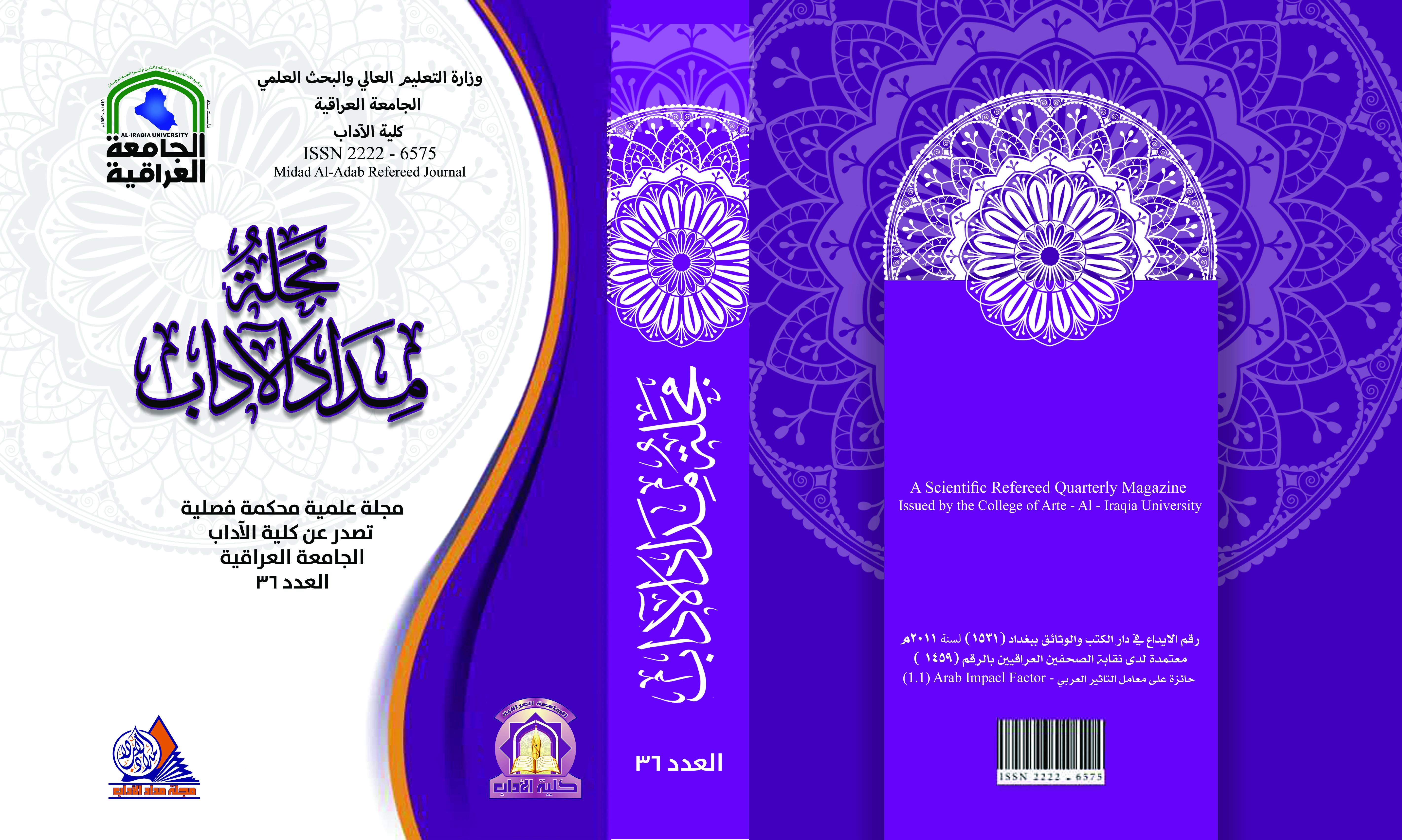The aesthetic taste in contemporary ceramics between Iraq and egypet
DOI:
https://doi.org/10.58564/ma.v14i36.1562Keywords:
Keywords: contemporary ceramics, taste, beauty, Iraq, EgyptAbstract
Aesthetic taste represented the collective image of human consciousness when dealing with the concept of beauty and the beautiful, whether at the level of the plastic or literary store. Iraq and Egypt were considered fertile fields for the manifestation of contemporary ceramics. Empty research attempted to penetrate its paths, and the methodological framework was organized according to axes, in which the problem of research was formulated. According to the question: What is the change in aesthetic taste that was achieved as a result of the stylistic diversity in the ceramic arts in Iraq and Egypt?
The importance of the research came from an analytical vision that explores the change in collective aesthetic taste in Egypt and Iraq and the difference between them in terms of form and content. The aim of the study was also to: reveal diversity at the level of form and content in contemporary Iraqi and Egyptian ceramics and reveal changes in the style of reading and receiving ceramic artwork. The research moved on the cognitive boundaries from 1980 to 2018, choosing Iraq and Egypt as a field for research into the new issues. The theoretical framework contained three topics (general culture and its impact on the artistic achievement) and (the diversity of aesthetic taste and its applications to contemporary ceramic art) (transformations in material and form Contemporary ceramics between Iraq and Egypt), and the research procedures included an explanation of the methodology that was taken from the descriptive approach, a working mechanism to reach the results, and the research community was determined, the sample selection, the performance of the research, and the analysis of the sample that was chosen in a way (intentional, non-probabilistic) according to a form prepared for this purpose, and the results were detailed. The conclusions, recommendations and proposals are presented separately, and the results mentioned are as follows
Downloads
Published
Issue
Section
License

This work is licensed under a Creative Commons Attribution-NonCommercial-NoDerivatives 4.0 International License.








